In the vast tapestry of nature, certain plants possess an alluring charm that captivates the eyes and soothes the soul. Among these botanical wonders, Rosebay Willowherb (Epilobium angustifolium) stands tall, both figuratively and literally. With its delicate pink blossoms adorning fields and woodlands, this perennial herbaceous plant has captured the hearts of nature enthusiasts and gardeners alike. Beneath its enchanting facade lies a remarkable resilience that has earned it various monikers, such as “fireweed” and “bombweed.” Join us as we explore the fascinating characteristics and intriguing history of the Rosebay Willowherb.
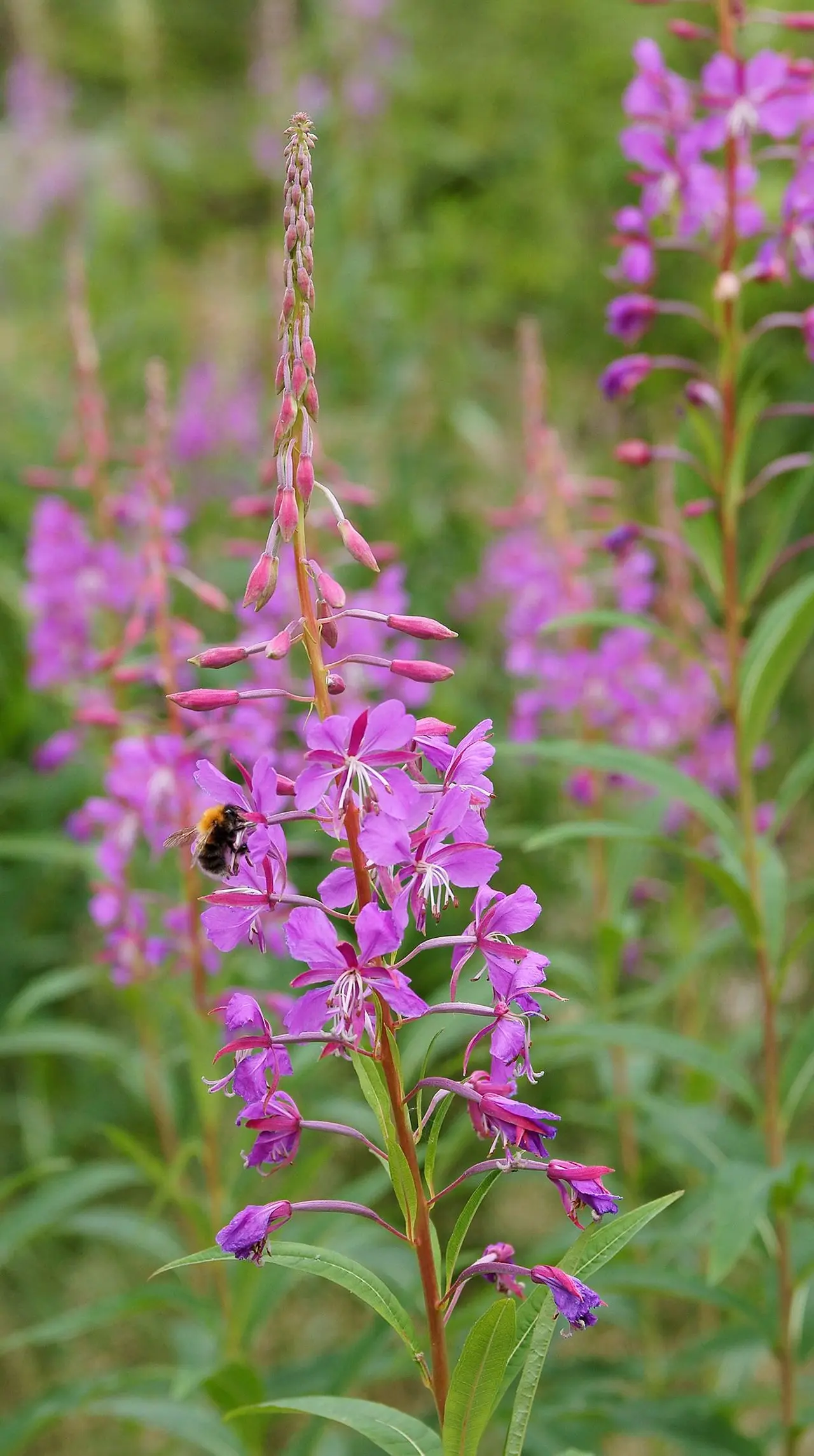
Appearance and Habitat
Rosebay Willowherb is a striking plant with a tall, slender stem that can reach heights of up to six feet. Its lance-shaped leaves are long and narrow, lending an elegant appearance to the plant. The vibrant pink to purple flowers, arranged in long clusters, create a stunning visual spectacle against the backdrop of greenery. Native to the Northern Hemisphere, this hardy plant thrives in a variety of habitats, including open woodlands, meadows, grasslands, and disturbed areas. It can be found in regions spanning from North America and Europe to Asia.
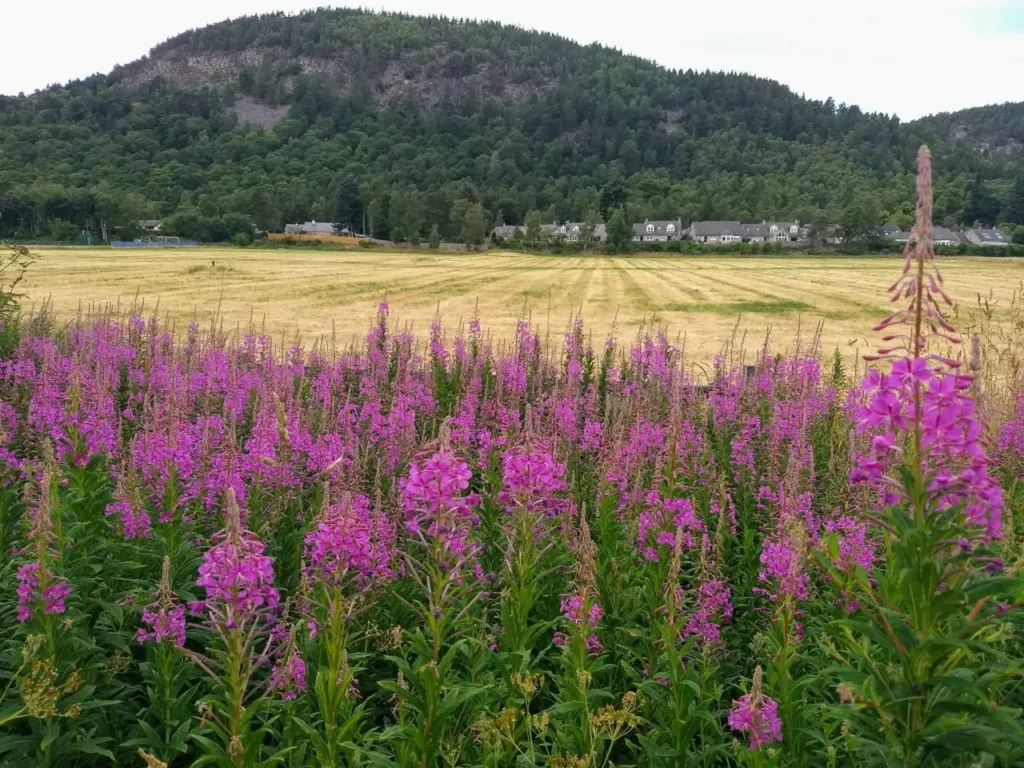
Resilience in the Face of Adversity
One of the most remarkable aspects of Rosebay Willowherb is its ability to thrive in the aftermath of disturbances, particularly fires. It earned the name “fireweed” due to its propensity to colonize and flourish in burned or charred landscapes. Its seeds are equipped with fine, silky hairs that aid in their dispersal through wind. These hairs also allow them to drift long distances and find fertile ground in areas where competition from other plants may be limited.
Notably, the rosebay Willowherb has a unique root system that allows it to quickly regenerate after disturbances. Underground rhizomes store energy reserves, enabling the plant to resprout with vigor and speed. This adaptability to harsh conditions has made it an ecological pioneer, often one of the first plants to reclaim and rehabilitate scorched lands.
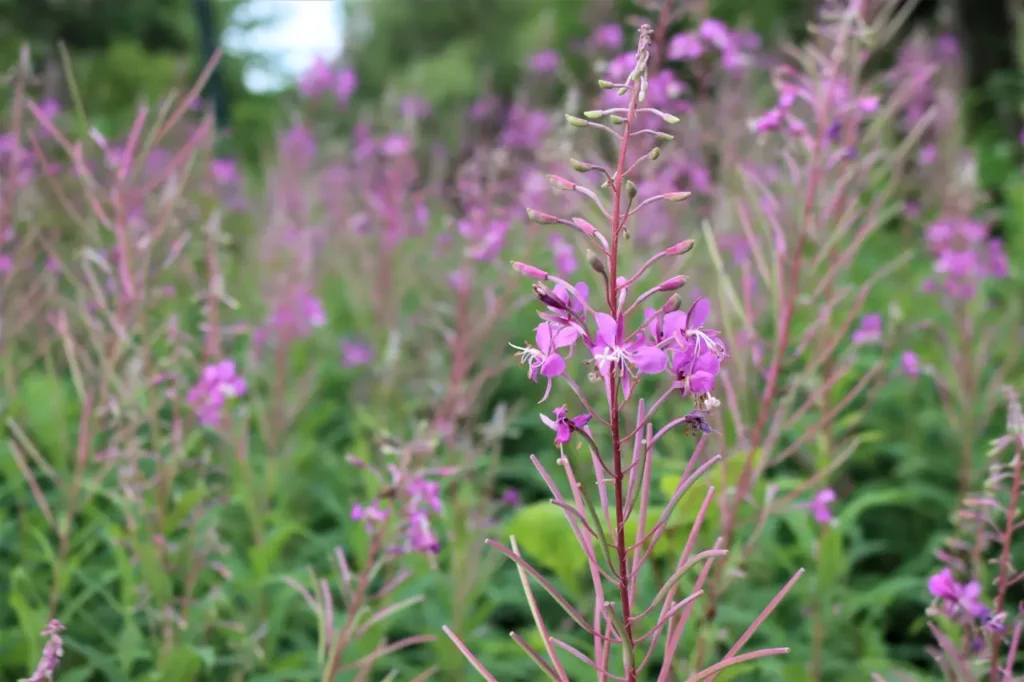
Ecological Importance
Beyond its aesthetic appeal and remarkable resilience, Rosebay Willowherb plays a crucial role in its ecosystems. Its nectar-rich flowers attract a variety of pollinators, including bees, butterflies, and hummingbirds, making it an important contributor to local biodiversity. The plant also serves as a food source for certain caterpillars, aiding in the life cycle of various butterfly species.
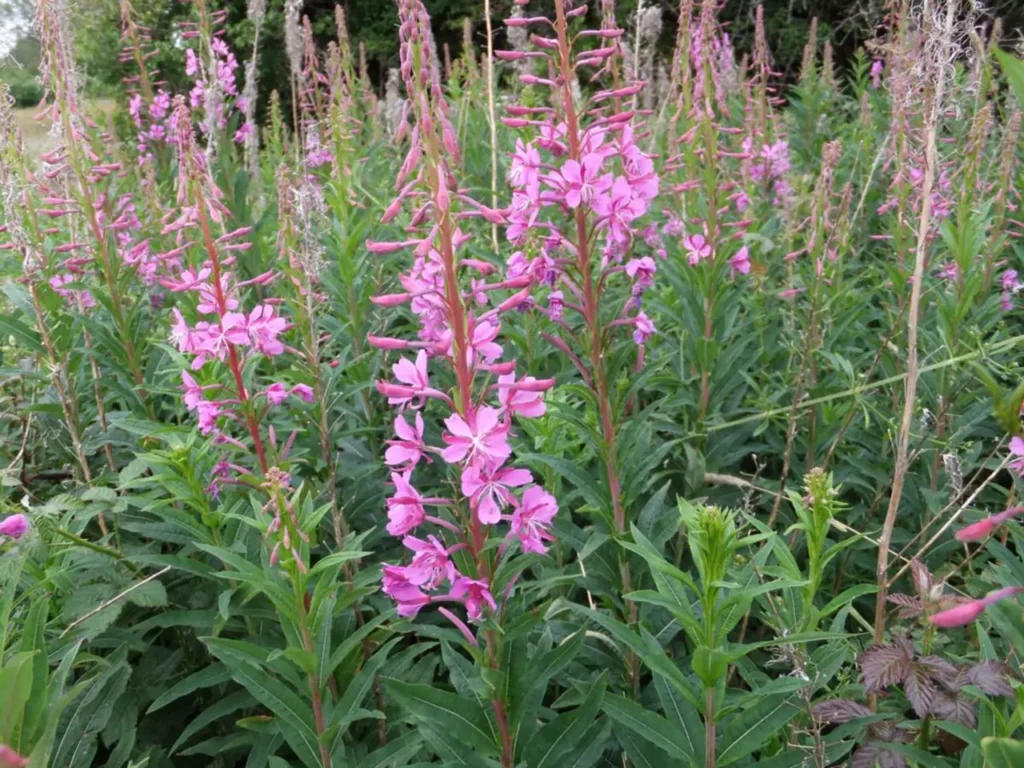
Historical and Cultural Significance
Rosebay Willowherb has a rich history intertwined with human culture. Indigenous people of North America, such as the Haida, Tlingit, and Tsimshian, recognized its value as a food and medicinal plant. The young shoots and leaves were consumed, providing essential nutrients, while the plant’s roots were utilized for their medicinal properties to treat various ailments.
During World War II, Rosebay Willowherb gained symbolic significance in Europe, particularly in the United Kingdom. The resilient plant began to flourish amidst the devastation caused by bombings, earning it the moniker “bombweed.” It became a symbol of hope and regeneration, representing the indomitable spirit of the people.
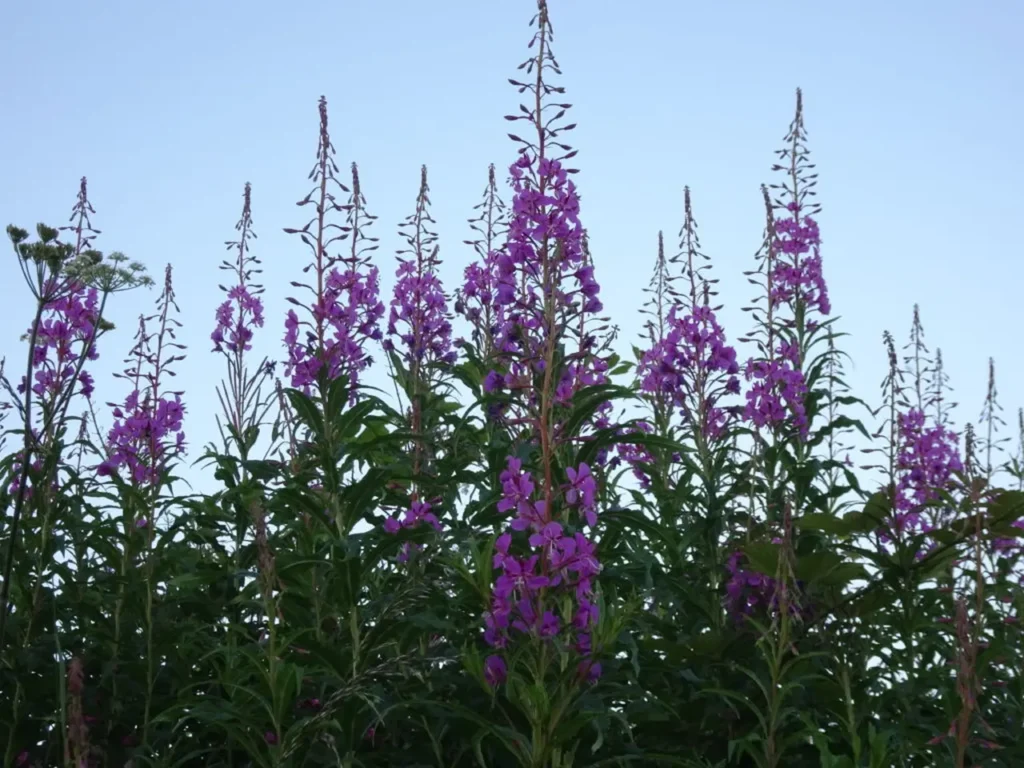
Gardening and Conservation
Due to its visual appeal and adaptability, Rosebay Willowherb has found its way into gardens and landscapes around the world. Its tall, majestic presence and vibrant blooms make it an excellent addition to wildflower meadows and naturalistic gardens. However, it’s important to note that in some regions, the plant can become invasive, particularly in areas where the natural balance of ecosystems is disrupted. Therefore, it is crucial to exercise caution and research local guidelines before introducing Rosebay Willowherb into a garden setting.
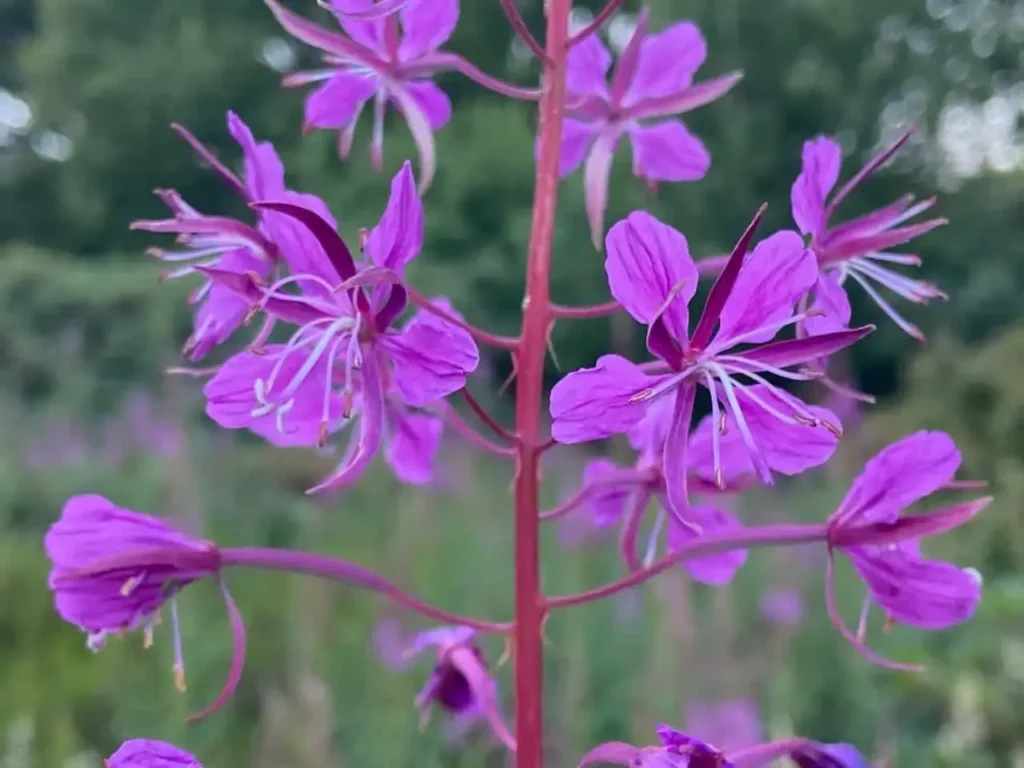
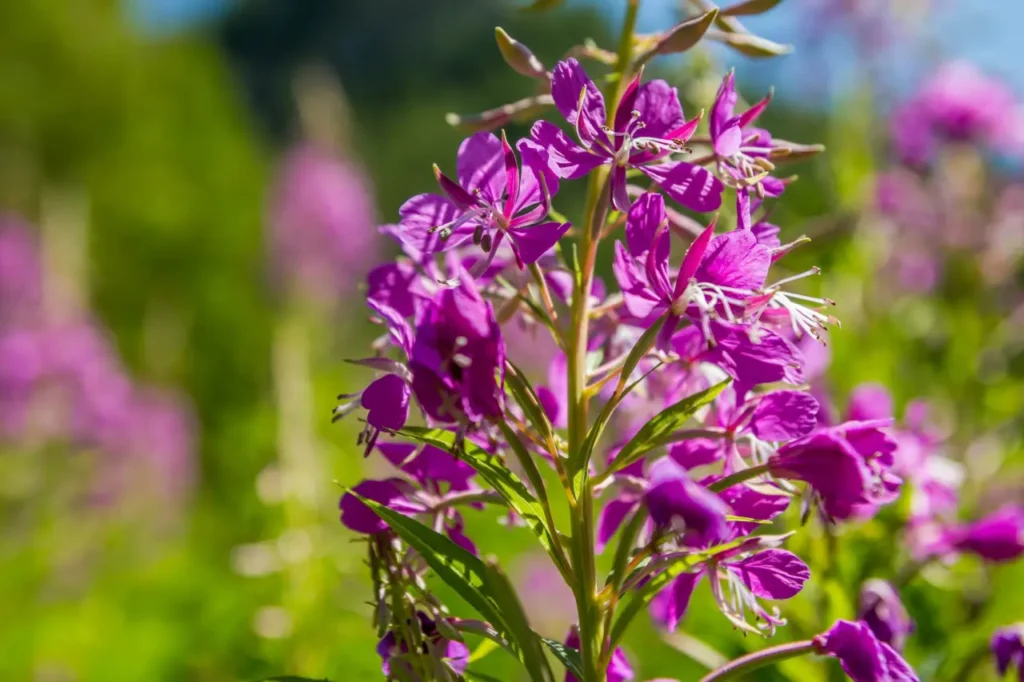
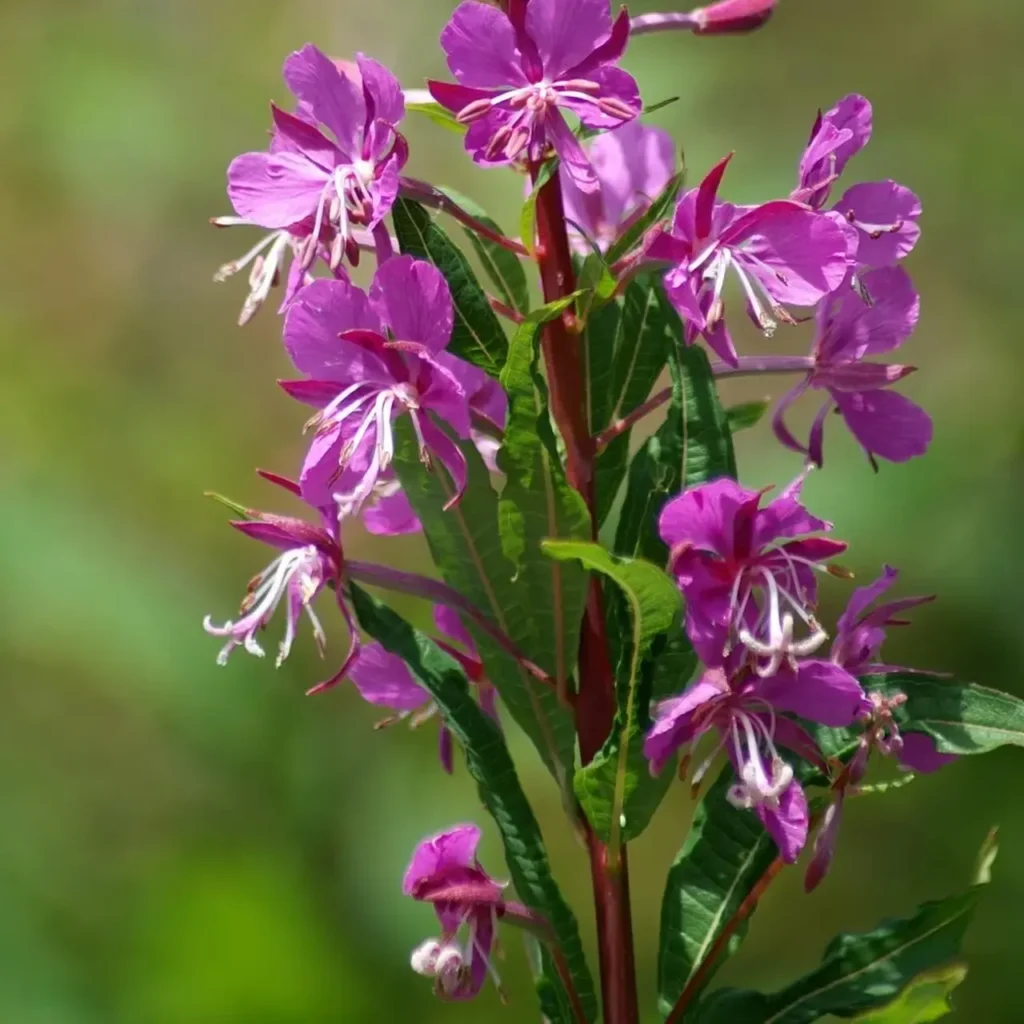
Rosebay Willowherb, with its delicate beauty and remarkable resilience, continues to inspire awe and admiration. From its ability to thrive in the wake of fires to its historical and cultural significance, this plant embodies the triumph of nature’s resilience. As we appreciate the charm of Rosebay Willowherb in our gardens or encounter it in the wild, let us also recognize its importance in supporting biodiversity and its symbolic reminder of hope and regeneration.








